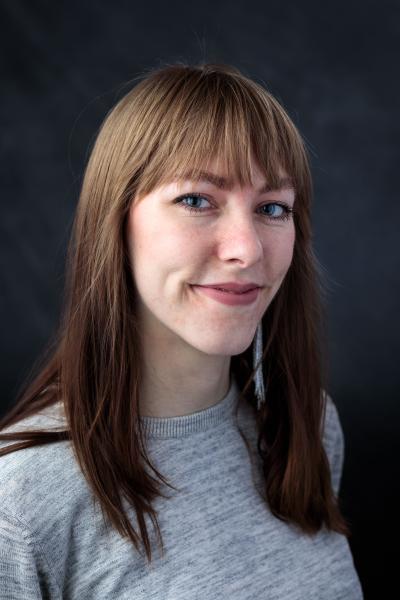Cherry Meyer is an Assistant Professor and holds a joint appointment in the Departments of American Culture (AC) and Linguistics at the University of Michigan Department.
Title
‘Exceptional’ Animates in Ojibwe: The Link Between Gender and Classifiers
Abstract
Ojibwe and other Algonquian languages have grammatical gender with two values commonly called ANIMATE and INANIMATE. In Ojibwe, gender assignment is based on semantics rather than phonology or morphology. Nouns with animate referents are assigned to the ANIMATE gender, e.g. ikwe ‘woman’ and makwa ‘bear’, while nouns with inanimate referents are assigned to the INANIMATE gender, e.g. wiiyaas ‘meat’ and izaaga’igan ‘lake’. Exceptions to this generalization are found in the ANIMATE gender, i.e. nouns with inanimate referents assigned to the ANIMATE gender, e.g. asekaan ‘tanned hide’ and miskomin ‘raspberry’. I propose an analysis of gender assignment based on the semantics of the classifier system. Such ‘exceptional’ nouns are compatible with the semantics of one of five sortal classifiers, illustrated by pairings of classifiers and nouns (1-5).
1. /-aatig/ ‘long, narrow, rigid’, i.e. stick-like / mitig ‘tree’
2. /-aabiig/ ‘long, narrow, flexible’, i.e. string-like / zesab ‘nettle’
3. /-eg/ ‘long, wide, flexible’, i.e. sheet-like / asekaan ‘tanned hide’
4. /-minag/ ‘small, round’, i.e. berry-like / miskomin ‘raspberry’
5. /-aabik/ ‘mineral’, i.e. metal, stone, glass / asin ‘a stone’
The role of analogy via semantic extension, as well as complexities arising from dialectal differences and diachronic changes are discussed.
You can also join us on Zoom: https://umich.zoom.us/j/91292768774
Title
‘Exceptional’ Animates in Ojibwe: The Link Between Gender and Classifiers
Abstract
Ojibwe and other Algonquian languages have grammatical gender with two values commonly called ANIMATE and INANIMATE. In Ojibwe, gender assignment is based on semantics rather than phonology or morphology. Nouns with animate referents are assigned to the ANIMATE gender, e.g. ikwe ‘woman’ and makwa ‘bear’, while nouns with inanimate referents are assigned to the INANIMATE gender, e.g. wiiyaas ‘meat’ and izaaga’igan ‘lake’. Exceptions to this generalization are found in the ANIMATE gender, i.e. nouns with inanimate referents assigned to the ANIMATE gender, e.g. asekaan ‘tanned hide’ and miskomin ‘raspberry’. I propose an analysis of gender assignment based on the semantics of the classifier system. Such ‘exceptional’ nouns are compatible with the semantics of one of five sortal classifiers, illustrated by pairings of classifiers and nouns (1-5).
1. /-aatig/ ‘long, narrow, rigid’, i.e. stick-like / mitig ‘tree’
2. /-aabiig/ ‘long, narrow, flexible’, i.e. string-like / zesab ‘nettle’
3. /-eg/ ‘long, wide, flexible’, i.e. sheet-like / asekaan ‘tanned hide’
4. /-minag/ ‘small, round’, i.e. berry-like / miskomin ‘raspberry’
5. /-aabik/ ‘mineral’, i.e. metal, stone, glass / asin ‘a stone’
The role of analogy via semantic extension, as well as complexities arising from dialectal differences and diachronic changes are discussed.
You can also join us on Zoom: https://umich.zoom.us/j/91292768774
| Building: | East Hall |
|---|---|
| Event Type: | Lecture / Discussion |
| Tags: | Free, Talk |
| Source: | Happening @ Michigan from Department of Linguistics, Department of American Culture, Department of Anthropology |


